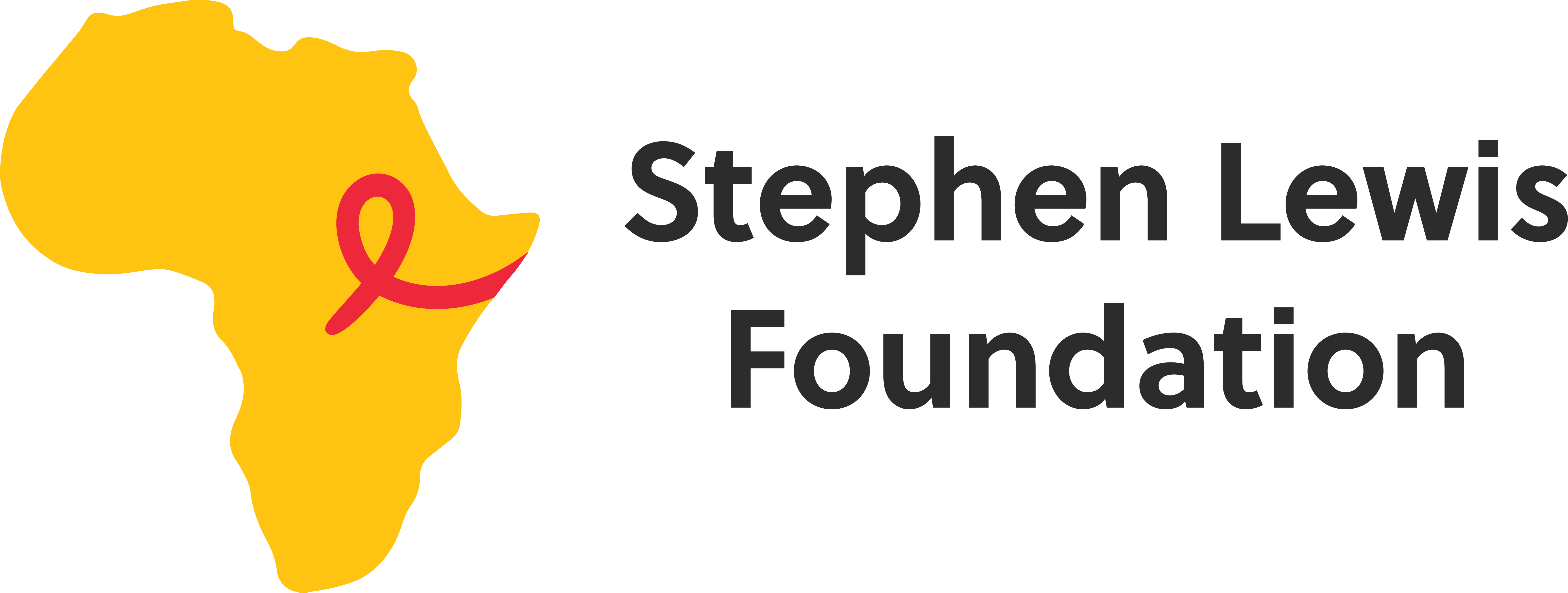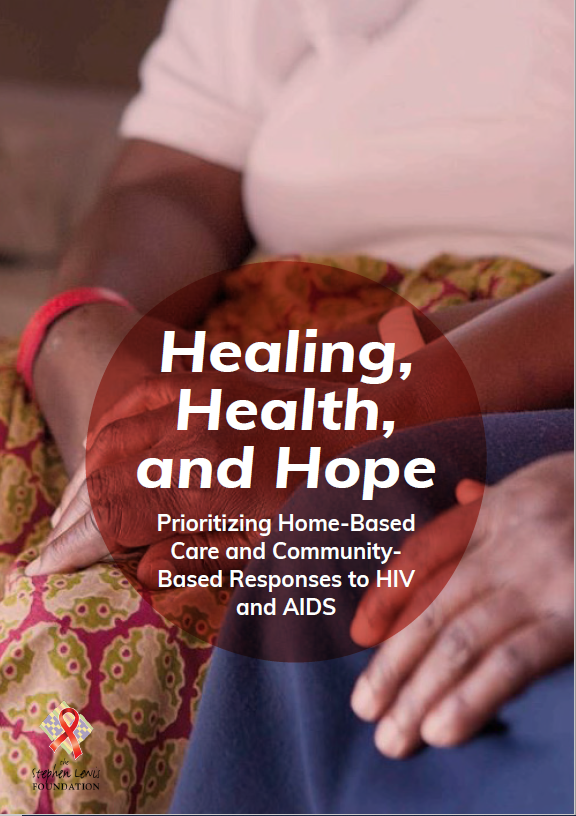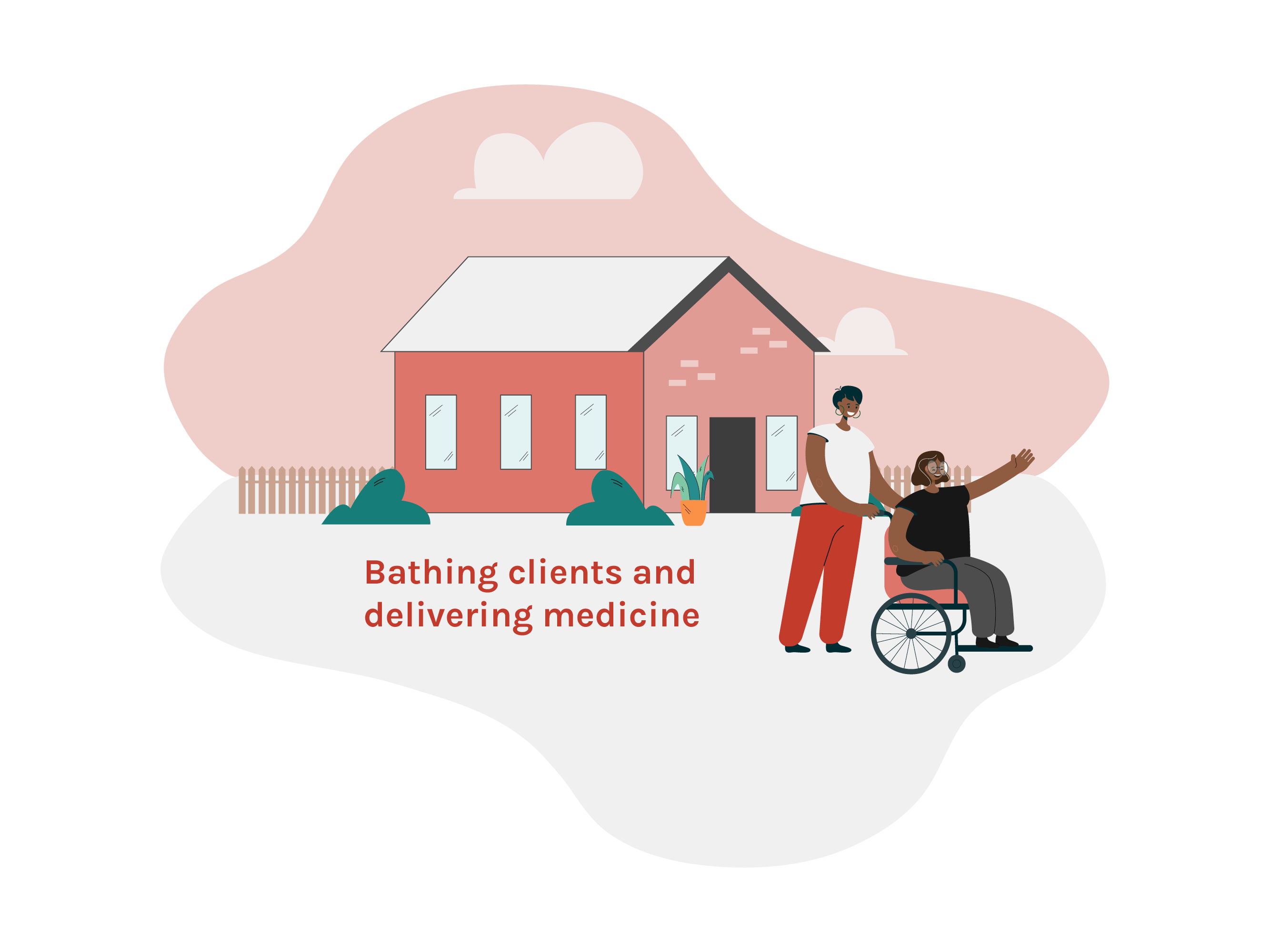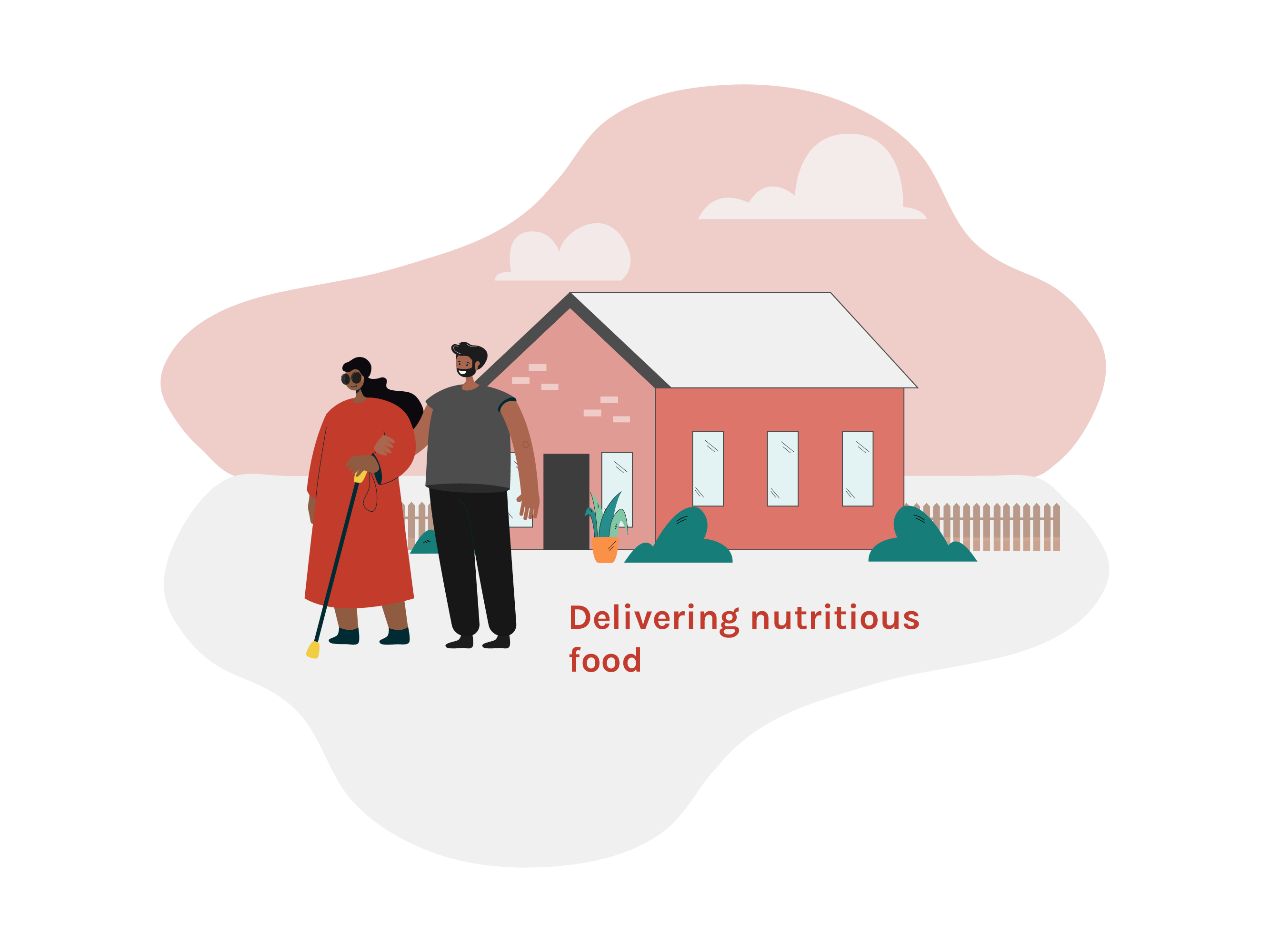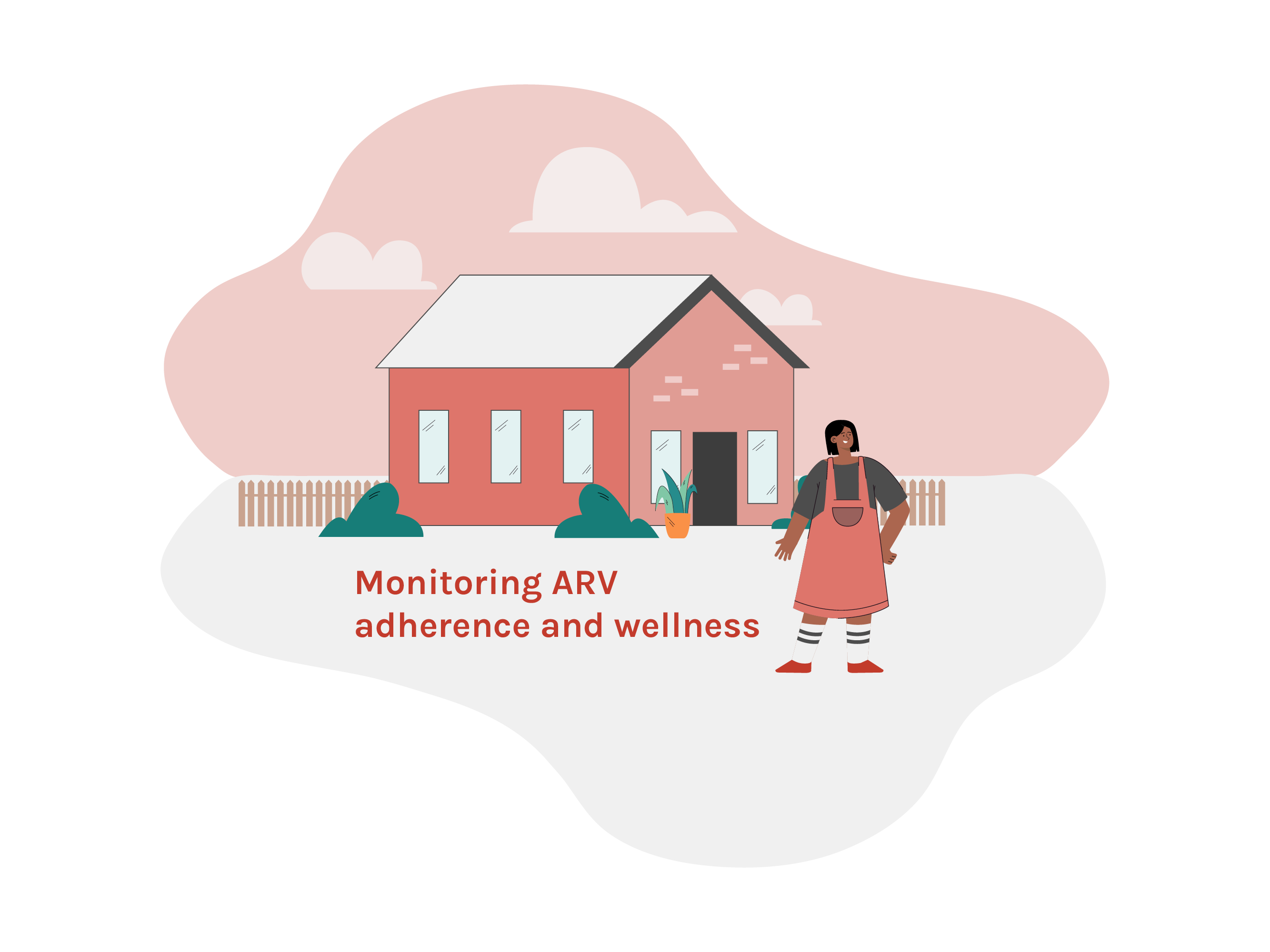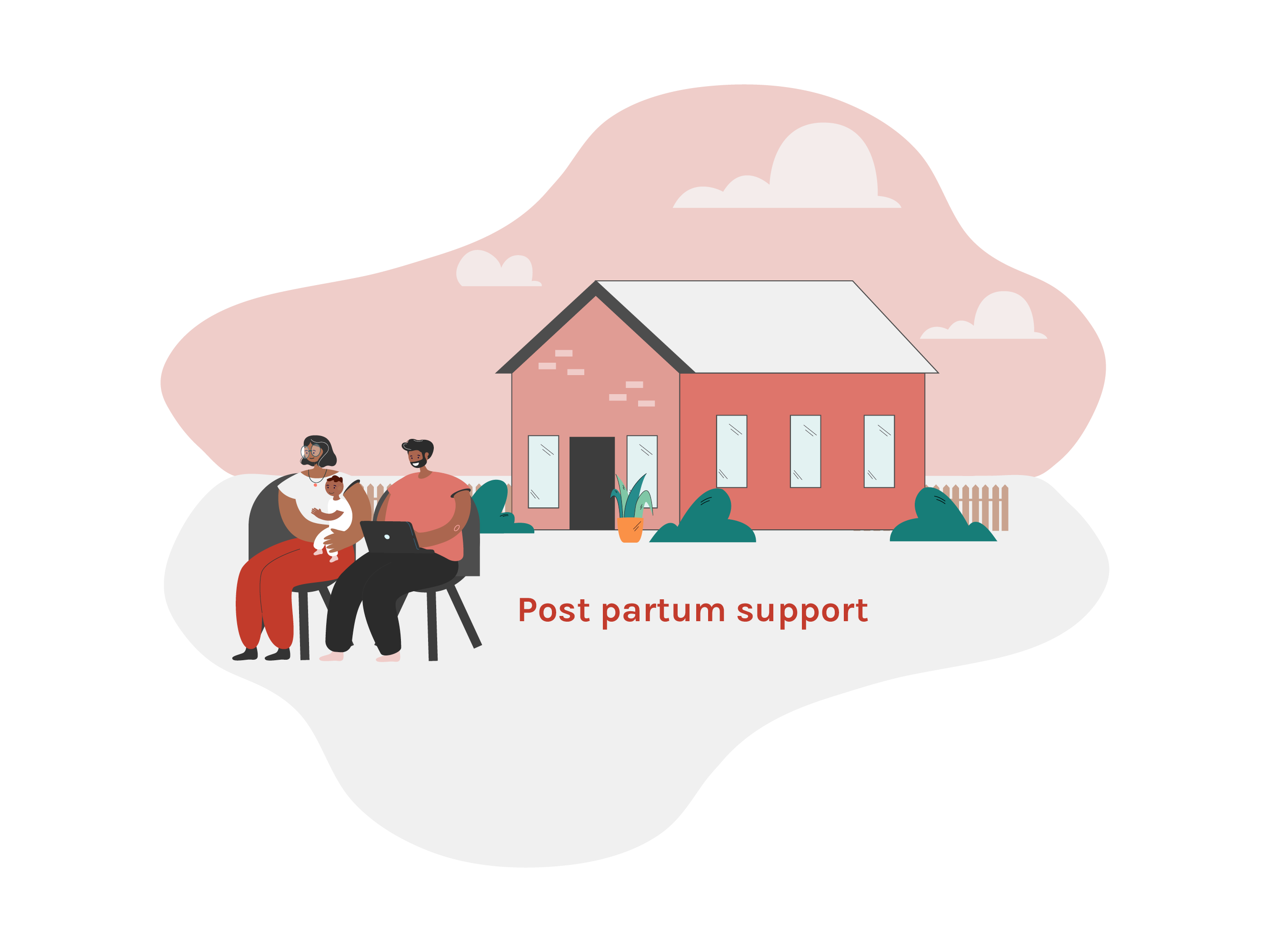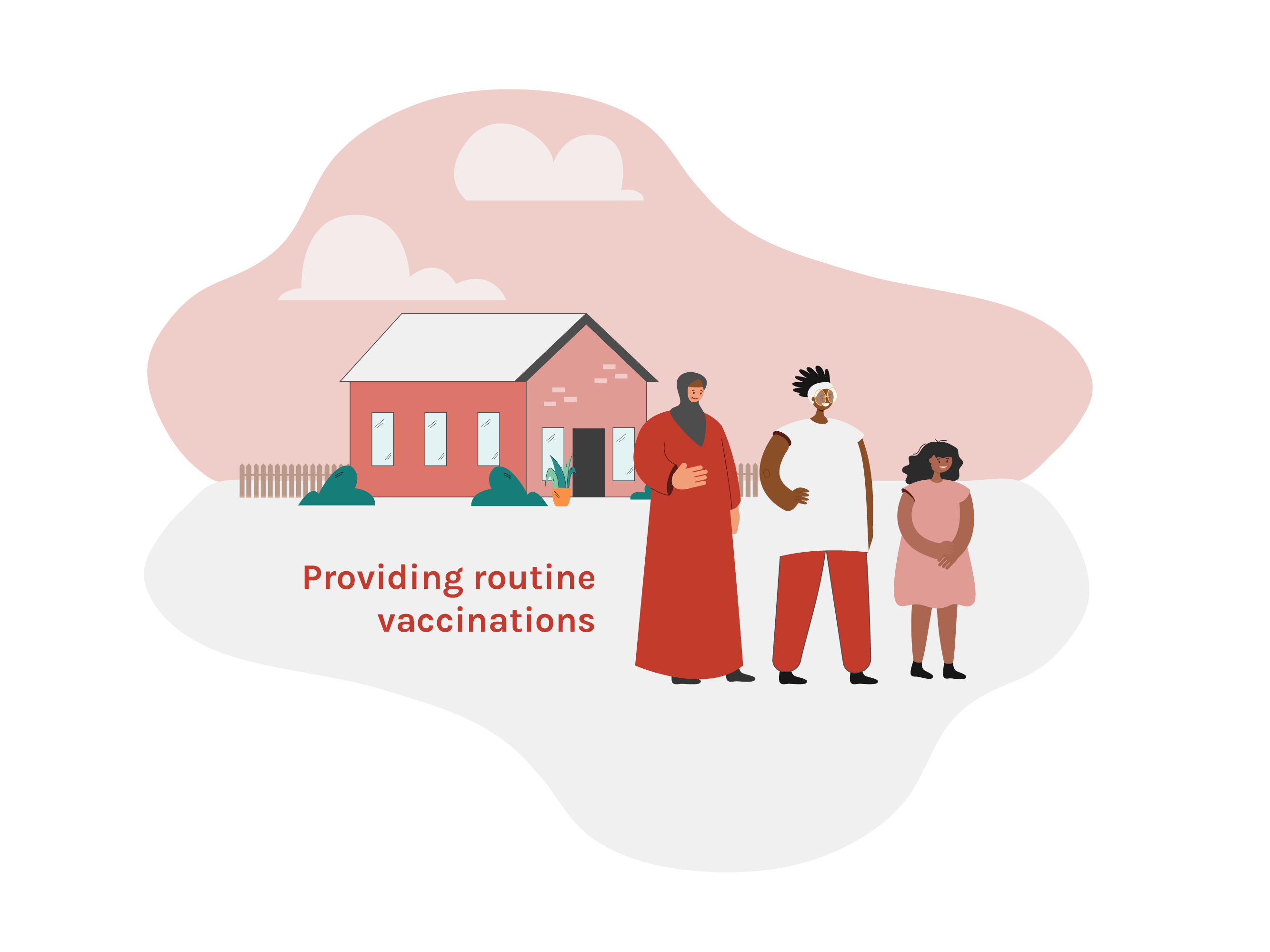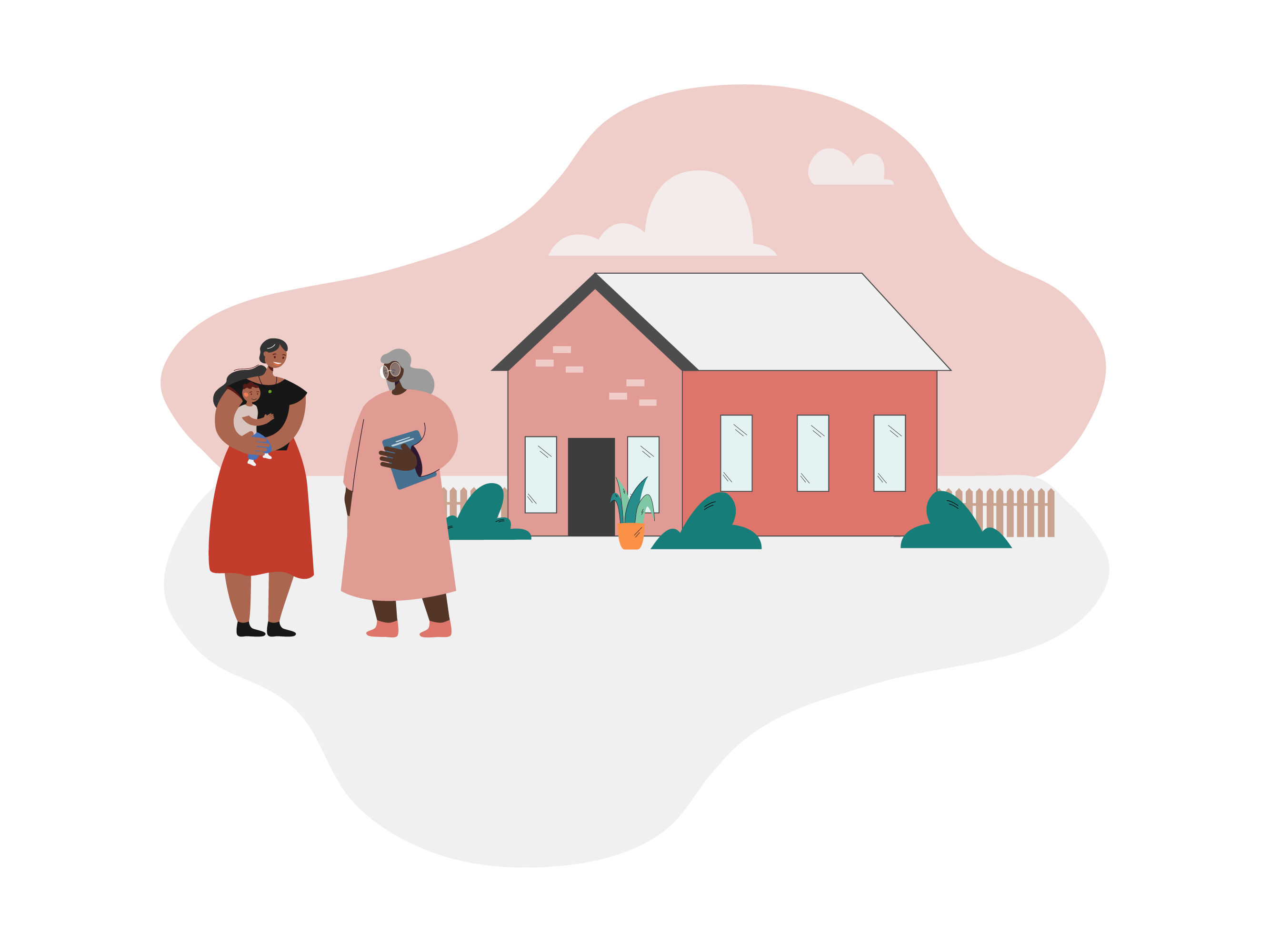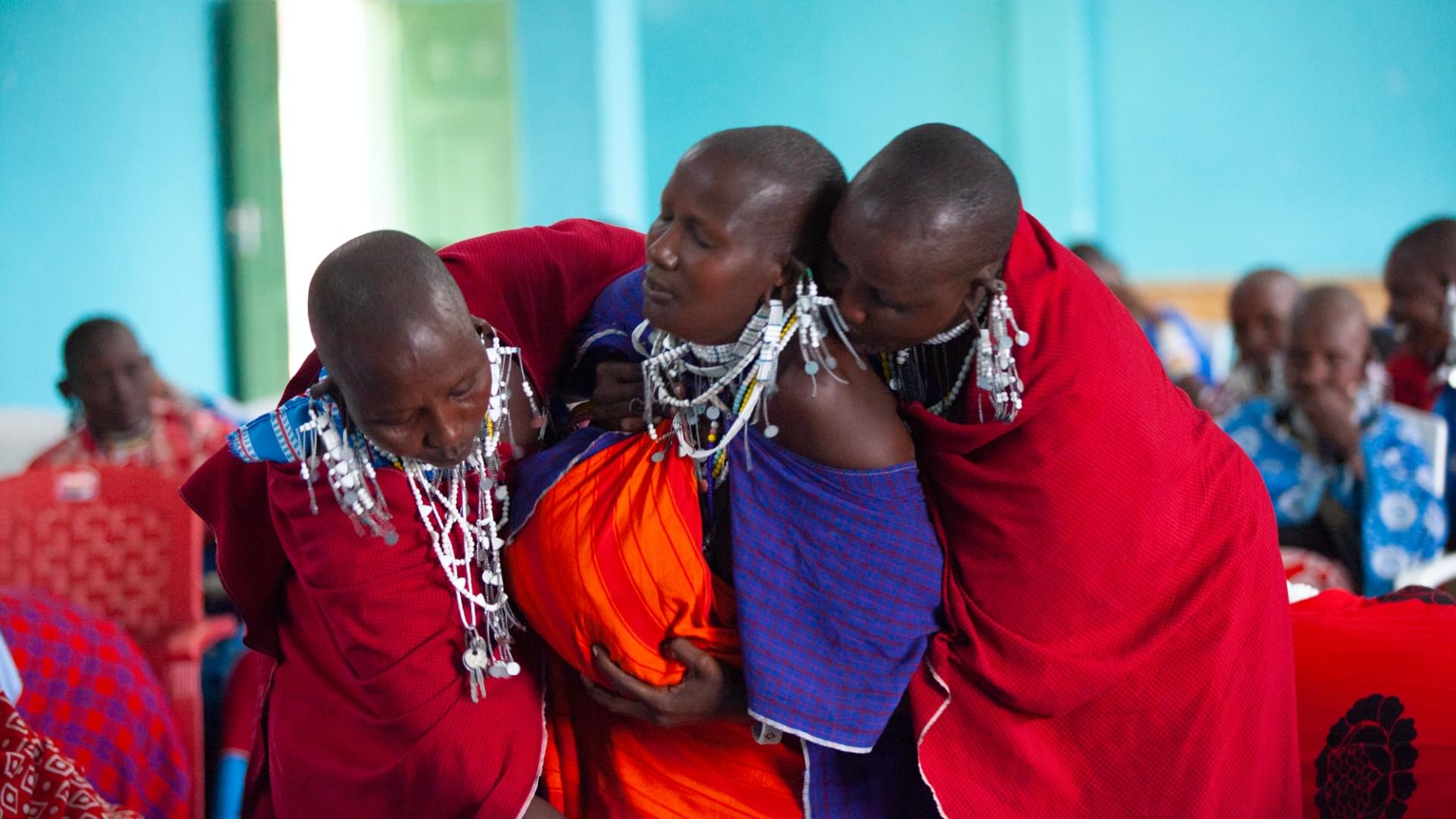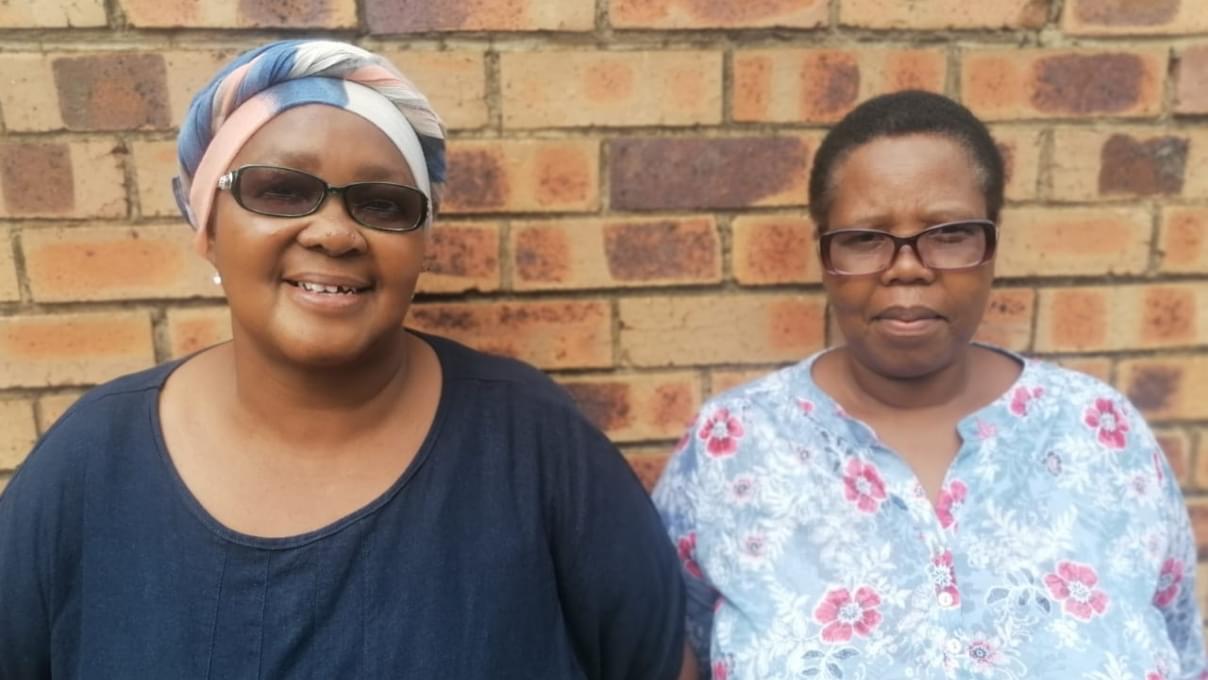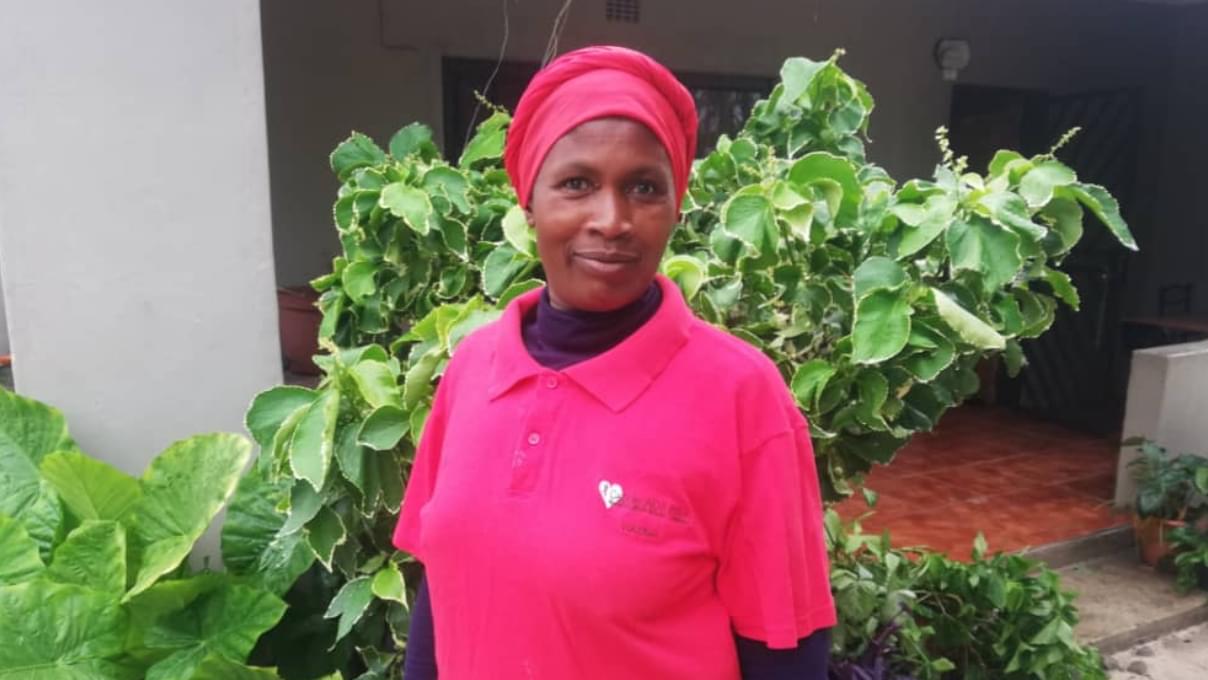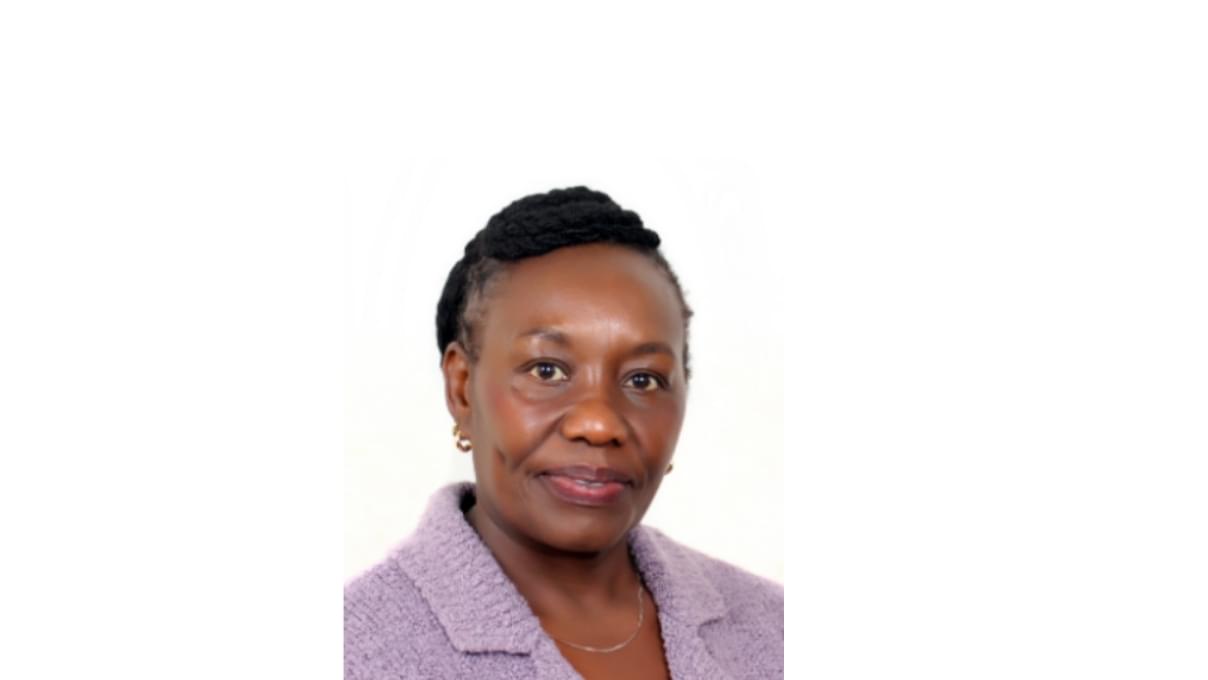Healing, Health and Hope:
Prioritizing Home-Based Care and Community-Based Responses to HIV and AIDS
Partner: ROTOM Uganda
Location: Uganda
Credit: Photo provided by ROTOM
Home-based care programs form the backbone of powerfully effective responses to HIV in countries across sub-Saharan Africa. They close gaps left by national health care systems and reach people in greatest need, strengthening a holistic network of integrated community-based care. The vast majority of home-based care workers are women and many are living with HIV. And despite the skilled, demanding, and critical nature of their work, few receive any payment at all.
Inside this report — Healing, Health, and Hope — you’ll gain insight from more than 40 SLF partners on home-based care and its impact on the HIV and AIDS response, especially in the context of COVID-19. Learn how human connection is at the heart of this powerfully effective response to HIV, why women home-based care workers continue to be undervalued, and how funding community-based organizations is essential to expanding the reach of vital home-based care work.
Explore highlights below, or download the report now.
Phylis Wanjira, community health volunteer (CHV), and Mercy Wairimu and Veronica Nyaithiru, home-based care clients, share how working with Kenyan organization Kiambu People Living with HIV & AIDS (KIPEWA) has transformed their health and given them hope.
What is home-based care?
Partner: Kitovu Mobile
Location: Uganda
Credit: Photo provided by Kitovu Mobile
Home-based care is the provision of health care services to supplement formal health systems. Carers, often working on a voluntary basis, reach people with compassionate and holistic support where they feel safest — in their homes and communities.
Organizations that provide home-based care serve people who are often missed by under-resourced national health systems. In 13 of the 15 countries where the SLF works, there are fewer than three doctors for every 10,000 people, well below the global average.
Stigma, discrimination, isolation, and poverty also create common barriers to health care access. More than just the provision of medicine, home-based care creates human connections that drive the transformative power of community responses to HIV and AIDS.
Meeting the changing needs of HIV and AIDS
Partner: mothers2mothers International (m2m)
Location: Lesotho
Credit: Photo by Ryan Tantuan
Widespread access to HIV treatment is the great success story of the global response to HIV and AIDS and it has radically transformed the pandemic. Forty years into the AIDS crisis, the primary challenge for community-based organizations has evolved from providing dignity and comfort in death to supporting people who live with HIV to thrive, while also dismantling the systems of inequality that continue to make people vulnerable.
However, while global funding has succeeded in getting HIV treatment as far as government-sponsored health centres, rural communities and marginalized groups are often overlooked. Medical responses to HIV also pay little attention to the range of social, emotional, psychological, and spiritual effects of the illness. As a result, home-based care has expanded beyond the home to create far-reaching community support systems and bridge the gaps.
Overcoming obstacles to HIV treatment
Home-based carers play a critical role in getting people onto HIV treatment, supporting adherence, and tracking progress. Many carers deliver medication to clients, check viral loads — the amount of detectable HIV in a client’s blood — and reach out to their close contacts for HIV testing and counselling.
However, access to medicine is not enough to ensure adherence as people living with HIV face many obstacles to treatment. When caregivers visit people in their homes, they have an opportunity to identify barriers. A grandmother caring for grandchildren, for example, might share her food insecurity, or a child’s refusal to accept a positive diagnosis.
“Home-based care allows us to deliver comprehensive, holistic care to the community. When our home-based care team visits, treatment for illnesses affecting the members of the household is done. HIV tests are also done at the household level, along with counselling, psychosocial support, hygiene support, parenting dialogues to guide grandmothers with parenting challenges, and child protection dialogues to support grandmothers through creating awareness on how to access services ….“
Human connection at the heart of successful responses to HIV and AIDS
Partner: ROTOM Uganda
Location: Uganda
Credit: Photo provided by ROTOM
Coming to terms with a positive HIV diagnosis, and getting on and staying on daily treatment can require a lifetime of support.
Home-based care workers forge close relationships with their clients and help them through day-to-day, family, and community challenges. Workers tailor support and link clients to a range of holistic services, including food and nutrition, income generation, safety from violence, and other lifesaving health care.
In 2021, almost three-quarters of SLF partners with home-based care programs reported rates of adherence to HIV treatment at or above 90%. Two-thirds of those were 95% or higher.
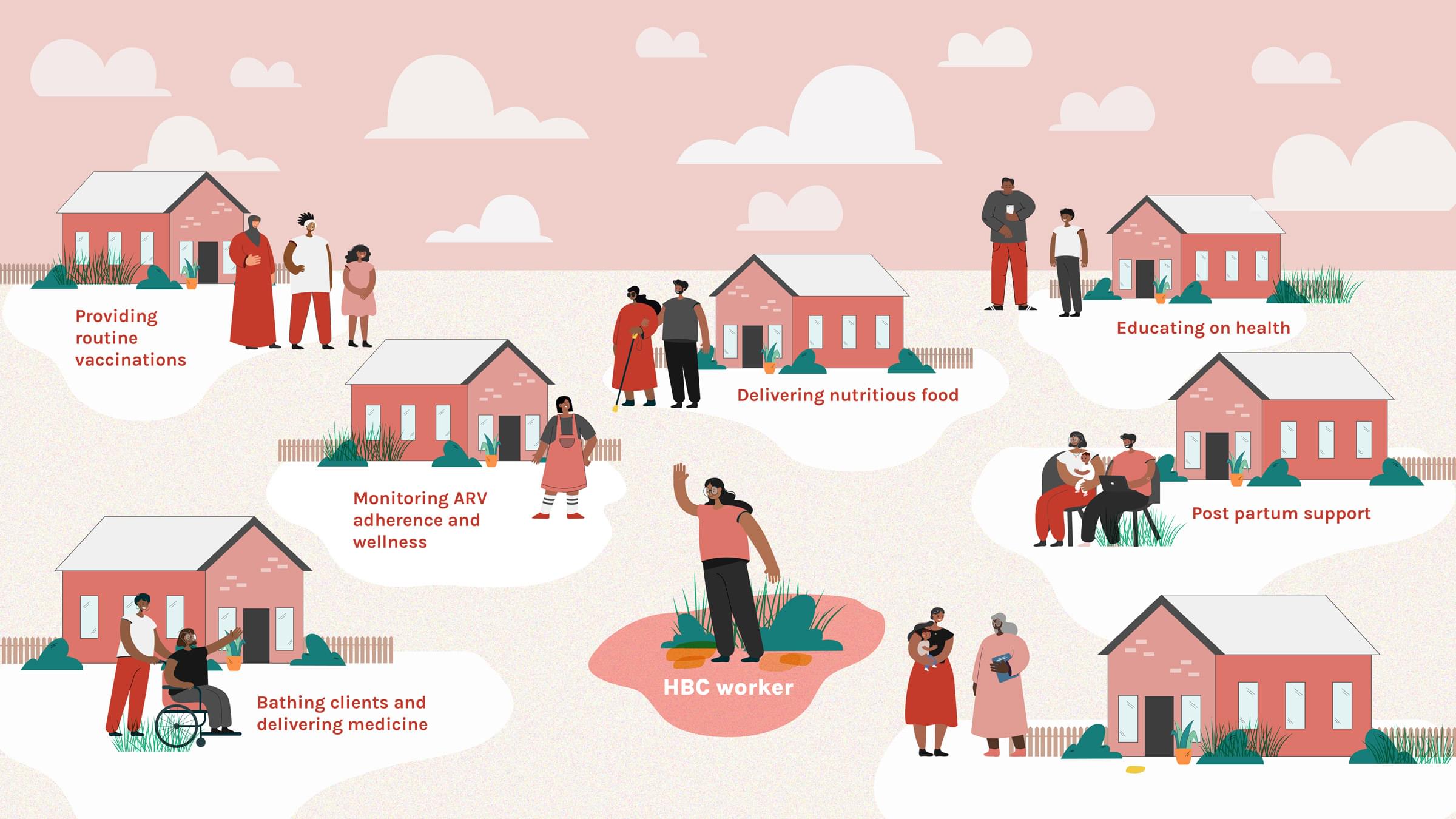

Who are home-based care workers?
Partner: Ekwendeni Hospital HIV/AIDS Program (EHAP)
Location: Malawi
Credit: Photo provided by Ekwendeni Hospital HIV/AIDS Program
The path to working in home-based care often begins with receiving support from community-based organizations. With first-hand experience of its impact, home-based care volunteers are trained to deliver skilled care themselves.
Many say they feel home-based care work is their calling. The majority are women and many are living with HIV. They become highly skilled and respected in their communities and bring a deep connection and commitment to every client’s home.
With time, they grow into change-makers, advocates for health and human rights and leaders in their communities.
Meet these community health care leaders
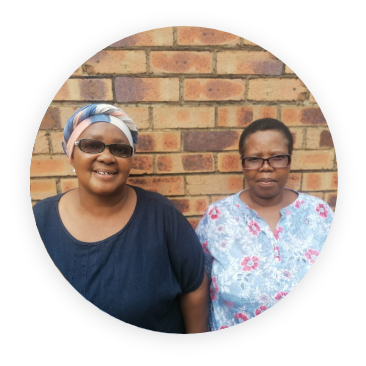


“Home-based care services at ROM are mainly offered by expert clients (both adults and adolescents) who live within the same communities as the clients they follow up with and monitor. These expert clients are attached to their peers for ease of communication and peer to peer counselling. We have learned that it is easier for clients to open up their homes and their lives to other clients.
Our community health workers are peers who have gone through the same experience as the clients that they support — they understand their lives and challenges best. Those we select are the ones who have achieved good treatment adherence and are knowledgeable and can lead by example. Some of our Mothers to Mothers programme health workers have given birth to HIV negative children themselves, and it is a joy to see them support other mothers.“
Home-based care work: Underpaid and undervalued
Partner: Kiambu People Living with HIV/AIDS (KIPEWA)
Location: Kenya
Credit: Photo provided by KIPEWA
Equitable pay is a human right. But, despite its skilled and critical nature, home-based care is rarely paid at all. Globally, caregiving labour is undervalued — generally considered “women’s work.” In fact, the majority of SLF partners are forced to rely on volunteers, and many workers need to participate in income-generating projects while maintaining their own households and fulfilling their role in community care.
“As part of the national response, and consistent with the practice in other parts of Africa, there has been a shift in the model of care for people living with HIV and AIDS from hospital care to home-based care. The reality is that with about 91% of HIV and AIDS support caregivers in South Africa being women, home-based care has significantly increased the burden of care for many women.“
Gender equality and unpaid labour
Paying women for their work contributes to gender equality and builds healthy, resilient communities. Unpaid work by women and girls leaves less time for education, employment, civic and political engagement, and leisure.
Emotional intelligence: Holistic and client-centred care
Partner: Catholic AIDS Action Namibia
Location: Namibia
Credit: Photo by Alexis MacDonald
As one home-based care volunteer explained, over time “you become a friend” and confidant. Home-based care workers bring emotional intelligence to their work — human touch, listening, empathy, and personal connection. The most effective home-based care workers build trust with whole families. With intimate understanding of a family’s experiences, caregivers can tailor strategies for support and treat individuals in culturally appropriate ways.
SLF partners have deep connections to their communities and have earned the trust over time — a significant factor in their success.
“Communities living with, at risk of, and affected by HIV are the backbone of the HIV response. Initiatives led by people living with HIV … have expanded the reach, scale and quality of health services“
In Kiambu county, Kenya, Kiambu People Living with HIV & AIDS (KIPEWA) dismantles HIV stigma by combining the emotional support of home-based care with hospital-based medical interventions.
“It’s our work that actually makes what the government is providing effective. .... It’s our carers who are actually spending real time with the clients and so we’re able to share information and provide education in a way the government staff just can’t. [We are] bathing people, feeding them, helping them find employment and training opportunities, making their medical appointments and checking up to be sure that they’ve gone….
In the past, the relationship between health officials and our community-based caregivers was not always good, and our caregivers were not viewed as equal partners in addressing HIV. This has now shifted and our caregivers and the health facility staff work well together and value one another’s roles and contributions.“
Community-based care and COVID-19
Partner: Young Women Campaign Against AIDS (YWCAA)
Location: Kenya
Credit: Photo provided by Young Women Campaign Against AIDS
While community-based care has always been a lifeline for people affected by HIV and AIDS, the world now sees its value and vast potential through COVID-19.
When the COVID-19 pandemic dangerously disrupted HIV services, community-based organizations took swift action. Home-based care workers courageously stepped up to strengthen national pandemic responses. They expertly navigated lockdowns to reach clients in new ways, and received international recognition for their invaluable expertise.
“It became a necessity for our government to request the support of community-based organizations during COVID … the government realized that working with community-based organizations is the best way to access the community.”
Worldwide, the pressure of COVID-19 continues to expose entrenched inequities, including violence against women and girls and discrimination against LGBTIQ communities and sex workers. Increased food and income insecurity, disruptions to lifesaving HIV medications and treatment, and inequitable global access to COVID-19 vaccines threaten decades of progress on the AIDS pandemic.
Despite the ongoing potential for COVID-19 to devastate communities affected by HIV and AIDS, early reports show hopeful results. As reported by UNAIDS, there was an increase in new transmissions and AIDS-related deaths, but not as dire as originally feared. Community-based care is at the heart of this relative success. With decades of experience responding to pandemics, they stretched already limited resources, and adapted to the new reality of dual pandemics.
Prioritizing — and funding — community-based care is the best way to safeguard against future pandemics.
“The huge cadres of community health workers … and revived community health systems are unique contributions of the HIV response which are now also playing important roles in the response to the COVID-19 pandemic.”
In rural Uganda, Nyaka provides holistic education and health care to vulnerable children and their families. When the COVID-19 pandemic shut down the country for 18 months, Nyaka’s deep roots in local communities allowed it to quickly pivot to an effective home-based care model.
The urgent need for community-led responses to HIV and AIDS
Partner: mothers2mothers International (m2m)
Location: Lesotho
Credit: Photo provided by mothers2mothers International (m2m)
Community-based organizations, including SLF partners, need flexible and reliable funding to scale up proven interventions, close service gaps, and extend their reach. Collaboration between government-run health systems and community-based care is key to hitting ambitious global targets for HIV and AIDS by 2025.
Globally, funding for HIV and AIDS has greatly diminished. Where funding does exist, it rarely goes where it will have greatest impact: to community-based organizations. When they do get funding, it’s often with restrictions, which in turn hampers how effective it can be.
Investing too little, too late will not only cause the AIDS epidemic to worsen and mean that ambitious targets in the Strategy will not be met, but it will further add to the long-term costs of the HIV response.
With limited economic resources, organizations that are run for and by community members feel the effects of national and global crises most acutely, yet continue to invest in the people around them who need it most. They do not do this alone. They work collaboratively with national governments, networks, and international development actors as an integral (even while undervalued) part of the health system tapestry.
SLF funding for community-based organizations is sustained, flexible, and responsive to the actual needs of the community. It’s a funding model that works. Funders at all levels can show leadership in global health by investing in community-based organizations that provide home-based care. They deserve recognition, respect, and resources that match their demonstrated value.
We hope this report — Healing, Health, and Hope — galvanizes the will of national governments and funders at all levels to demonstrate leadership in this key area of global health, increase support for community-based organizations, and make significant new investments in home-based care.
Since 2003, the Stephen Lewis Foundation has been committed to funding home-based care as an essential part of the response to the HIV pandemic. SLF Director of Programs, Leah Teklemariam, explains the urgent need to continue supporting home-based care workers’ commitment and expertise.
